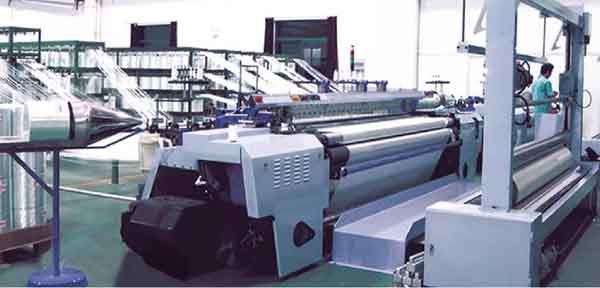With the progress of industrial civilization, industry occupies a pivotal position in the history of human development. Chemical plants, gunpowder plants, and fuel plants are spread all over the world. While these industries have brought social development, there are also serious safety hazards such as explosions and fires.
Recently, an explosion and fire broke out in the gunpowder production workshop of a factory in the Ryazan region of southeastern Russia, covering an area of 160 square meters. Rescue workers found the body of the last victim in the rubble. The accident resulted in 17 deaths.
The cause of the accident may be related to the violation of safety operation regulations by the staff. Relevant Russian authorities found that during the inspection of the incident factory in June this year, there were irregularities in the storage of flammable and explosive materials in the factory workshop, and there was gunpowder powder that had not been cleaned up in time on the floor of the workshop.
In order to improve the safety of such factories, most factories are currently equipped with some fire safety facilities, and employees will wear fire safety clothing, and these are made of special fabrics. With the improvement of human safety awareness, the market space for special fabrics will increase. getting bigger.(try suntech Rapier loom)
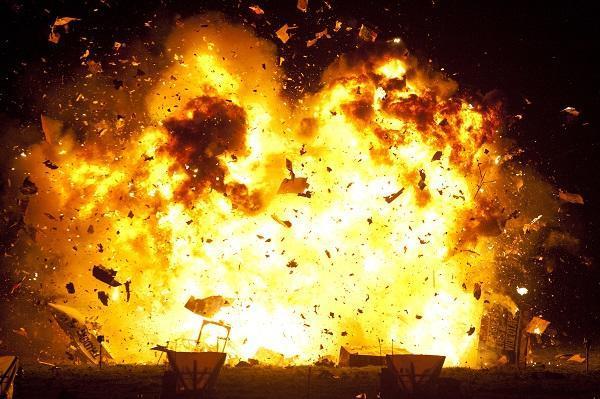
What is a special fabric?
Special fabrics refer to the safety of workers engaged in special industries, including flame-retardant fabrics, oil-proof fabrics, fire-resistant fabrics, waterproof fabrics, anti-static fabrics, anti-acid and alkali fabrics, anti-wrinkle and non-ironing, self-cleaning, anti-infrared detection, Fabrics with special functions such as anti-ultraviolet, abrasion resistance and warmth.
The scope of application is extremely wide, easy to use in daily life, easy to clean up stains, and not burned by boiling water. Mainly used in special industries, such as: oil fields, petrochemicals, electric power, railways, precision instruments, food processing, restaurants, schools, and other work environments and industries with special requirements.
The export volume of special fabrics has increased year by year. Most of the printing and dyeing factories in Europe and America have been closed due to environmental pollution. The production volume is small, the demand for special fabrics is wide, and the market space is very large.
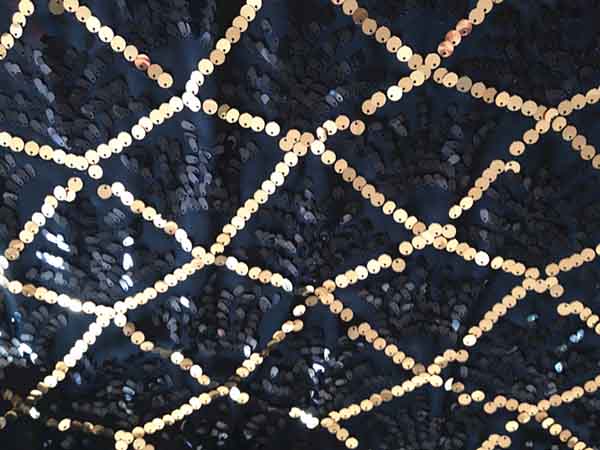
What types of special fabrics are there?
The main products are: acrylic flame-retardant fabric, C/N nylon-cotton flame-retardant fabric, flame-retardant yarn card, flame-retardant canvas, flame-retardant plain cloth, flame-retardant satin, fluorescent flame-retardant fabric, anti-static flame-retardant fabric, anti-static Anti-static, oil-proof, waterproof and flame-retardant fabrics, three-proof flame-retardant fabrics, CVC flame-retardant fabrics, oil- and water-repellent fabrics, anti-static fabrics, etc.
Among them, glass fiber cloth is widely used in the industrial field, and it is mostly used in the hand lay-up process, mainly in ship hulls, storage tanks, cooling towers, ships, vehicles, tanks, and building structural materials. Glass fiber cloth is mainly used in industry: heat insulation, fire prevention and flame retardant. The material absorbs a lot of heat when it is burned by a flame and can prevent the flame from passing through and isolate the air.
Glass fiber cloth is mainly woven from glass fiber. Glass fiber is an inorganic non-metallic material with excellent performance. It has a wide variety of advantages. The advantages are good insulation, strong heat resistance, good corrosion resistance, and high mechanical strength, but the disadvantages are brittleness and poor wear resistance. Glass fiber is usually used as a reinforcing material in composite materials, electrical insulation materials and thermal insulation materials, circuit boards and other fields of the national economy.
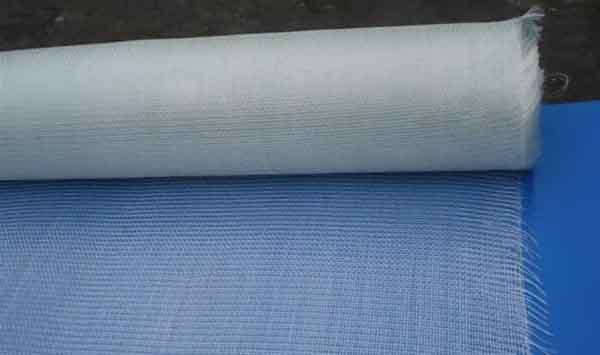
Weaving process of glass fiber cloth
Fiberglass checkered cloth is a non-twisted roving plain weave fabric, which is an important substrate for hand-laid fiberglass. Glass fiber cloth is made by drawing glass into very thin glass filaments, and the glass filaments have good flexibility at this time. The glass filament is spun into yarn, and then it can be woven into glass fiber cloth through a loom. Because the glass filaments are extremely thin and the surface area per unit mass is extremely large, the temperature resistance performance is reduced. It's like using a candle to melt thin copper wires.
The strength of gingham cloth is mainly in the warp and weft direction of the fabric. For occasions that require high warp or weft strength, it can also be woven into unidirectional cloth. It can arrange more untwisted rovings in the warp or weft direction. Warp cloth, single weft cloth.
After pure glass fiber cloth or coated with some high-temperature coatings, products such as fire-resistant clothing, fire-resistant gloves, and fire-resistant blankets can be made. However, if you touch the skin directly, the broken fibers will irritate the skin and it will be very itchy.
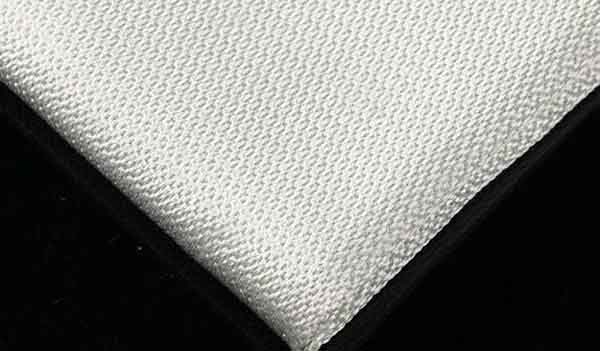
It can be seen that the weaving process is relatively special, the process is rigorous, and the difficulty is relatively large. At present, there are not many equipment that can perform glass fiber weaving. With 50 years of design experience and technology precipitation, Suntech specializes in the difficulties in the weaving field. The fully electronic fiberglass rapier loom developed and produced can be used for the weaving process of fiberglass fabrics, and is also suitable for mesh cloth, electronic cloth, wall cloth, filter cloth, etc. , Become one of the few production equipment providers in the field of glass fiber fabrics, the loom speed can reach 150-500rpm, welcome to inquire for details.
